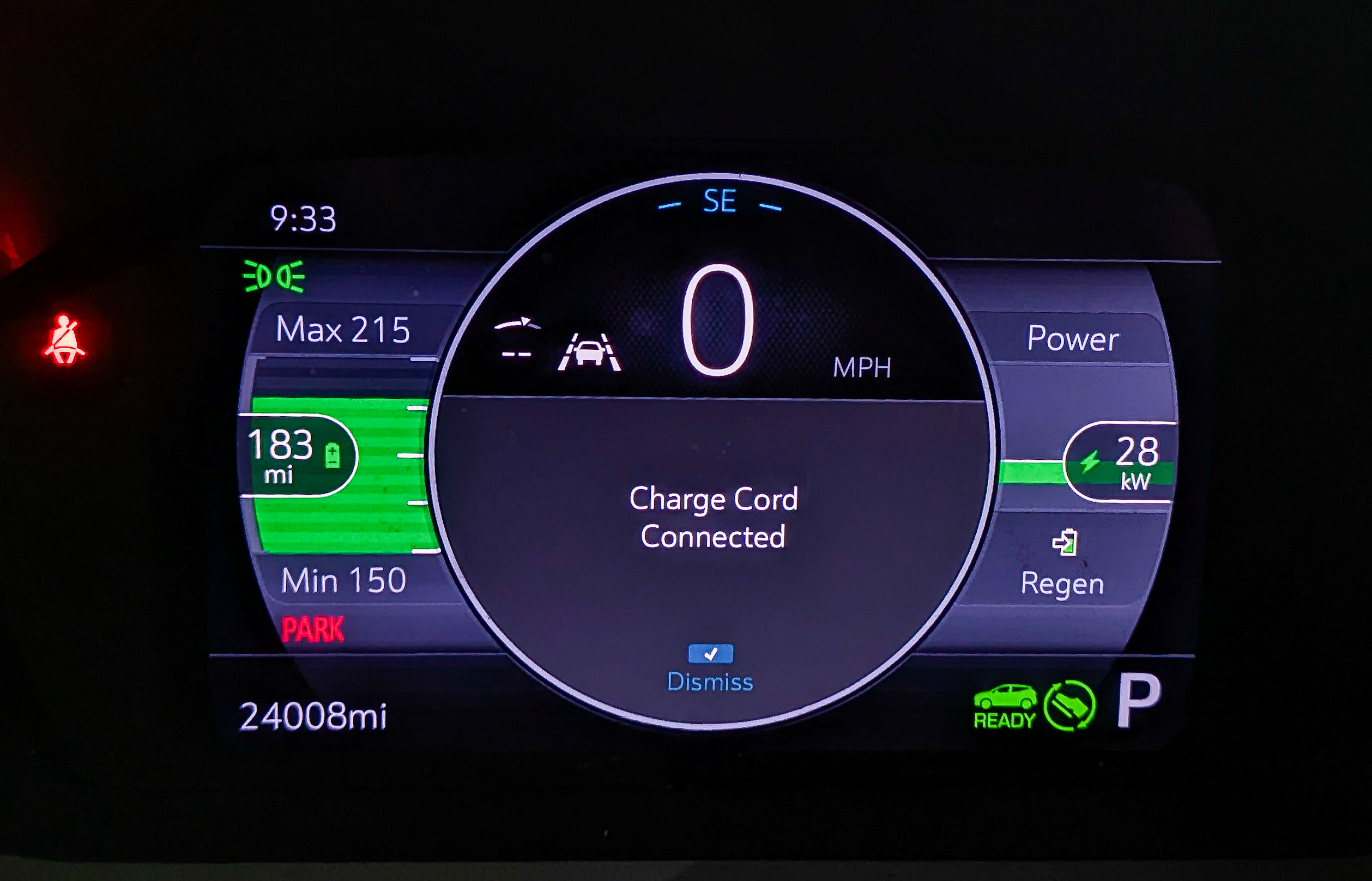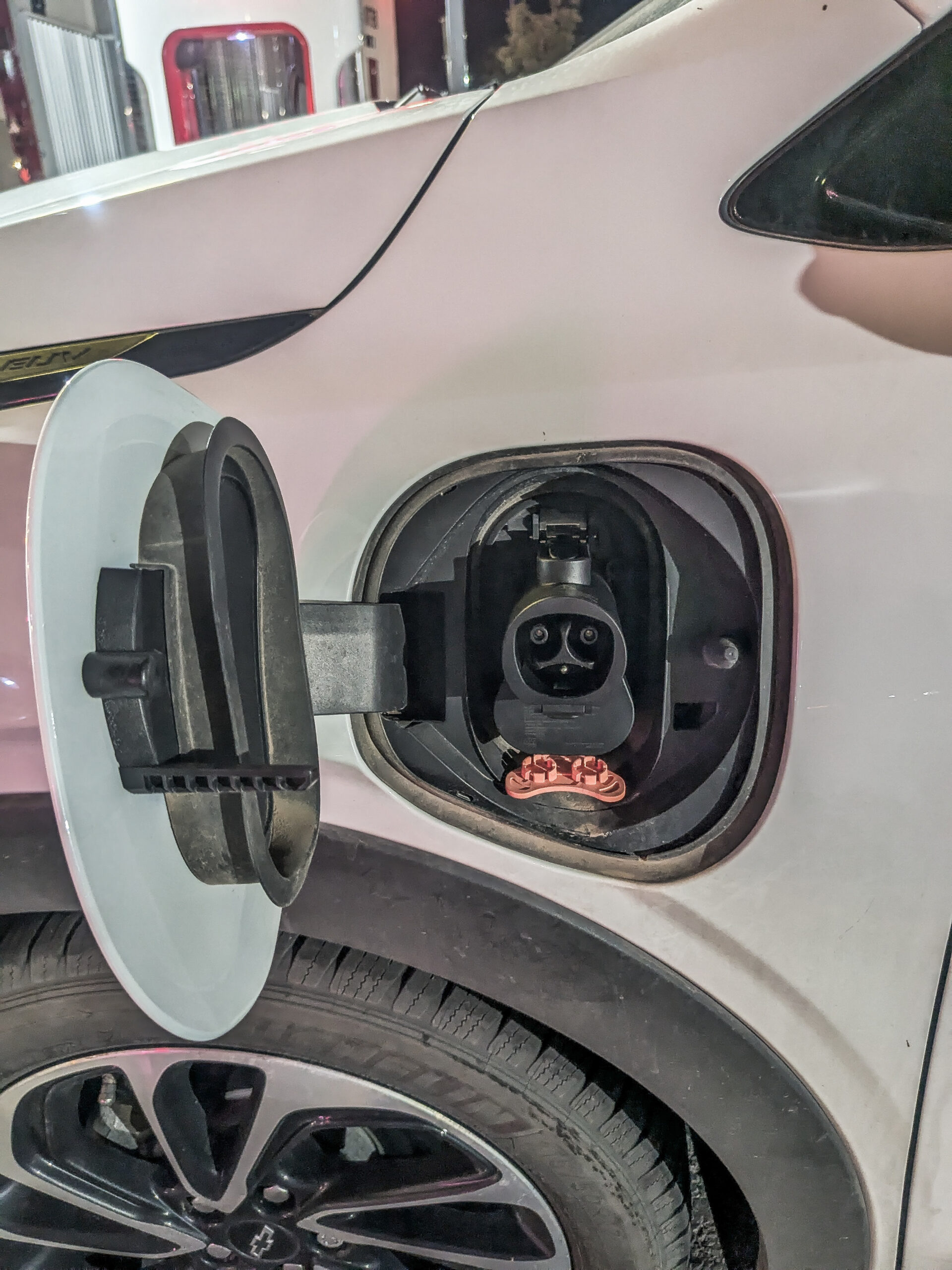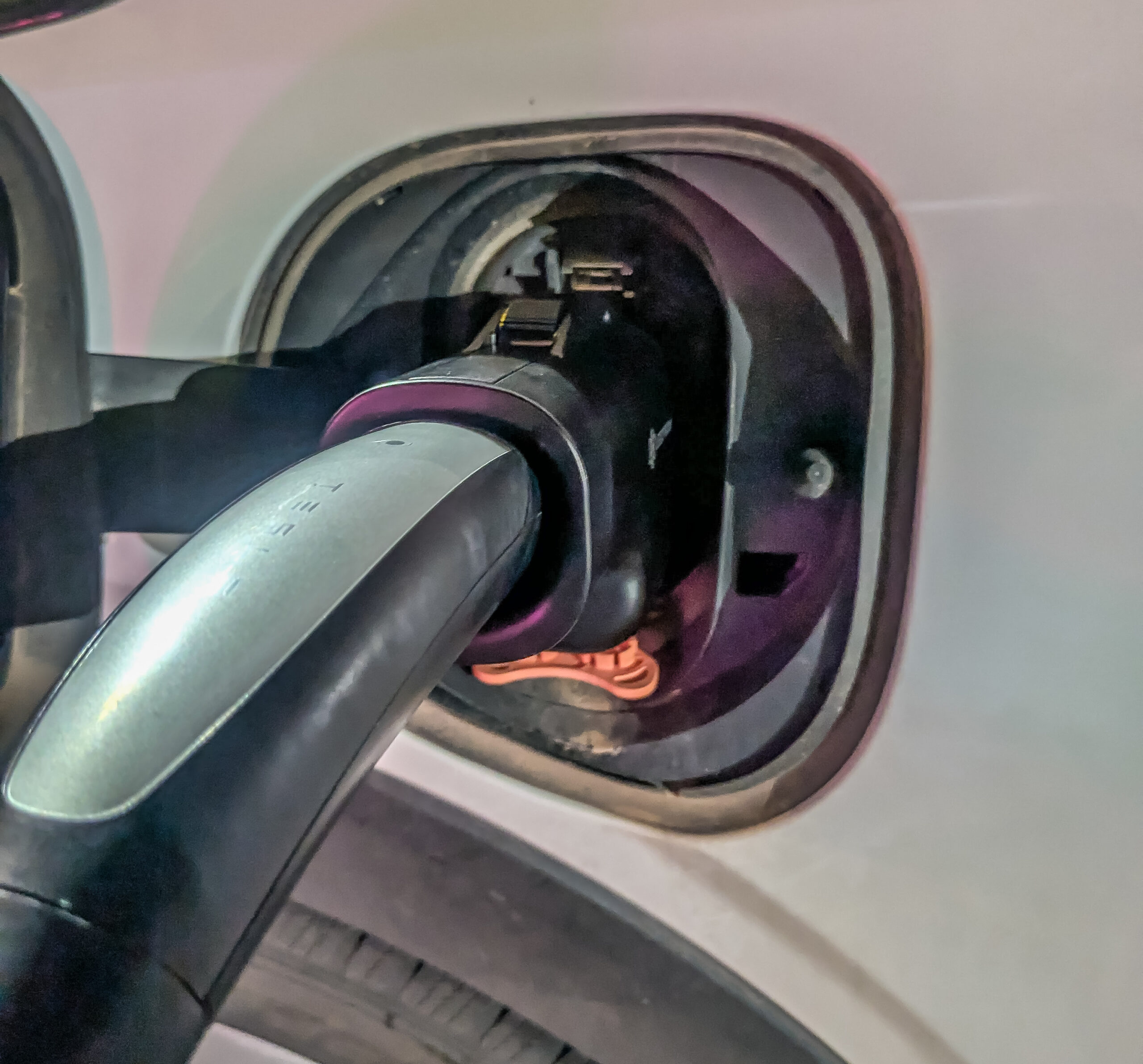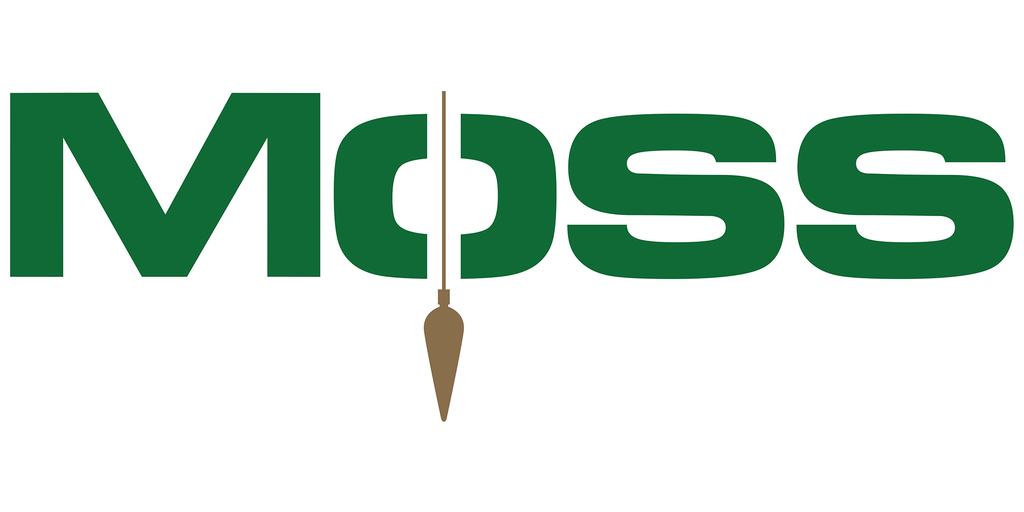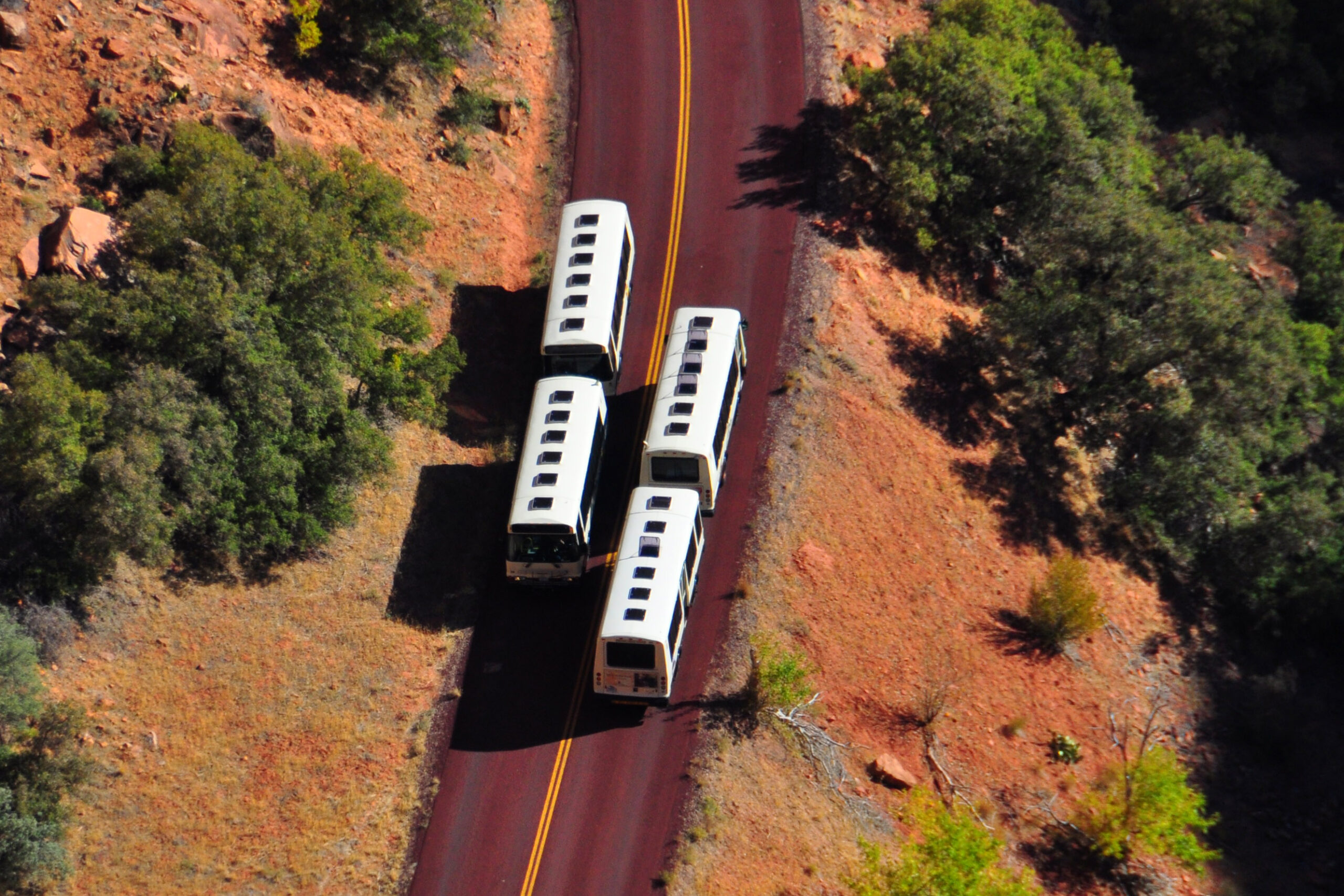Sign up for daily news updates from CleanTechnica on email. Or follow us on Google News!
Word on the street is that GM is about to announce that the Tesla Supercharger network is open to the company’s EVs. The rumored price for the adapter is $225 from some sources and $26 from others, so we’ll have to wait for an official announcement before we pass judgment. Pricing aside, the people who are saying it’s about to open up did give us a rumor we can test for ourselves: that the cars are now working.
So, that’s exactly what I did. Long story short: it works!
Not Officially Open Yet
As of this writing (which could be outdated within mere hours), GM has not officially announced that the network is open. Tesla’s app also doesn’t show V3 and V4 stations working for GM vehicles unless the station has Magic Dock capability. So, to see if a GM vehicle can charge at a Supercharger, you have to trick the Tesla app by telling it that you have a Ford or a Rivian. This allows the session to start for now while we’re waiting for an update to the app that lists stations open to GM vehicles.
Official GM adapters are also not available yet, and even once they announce, they probably won’t be quick to get. But quality adapters from companies like A2Z and Lectron, as well as adapters sold for Ford and Rivian vehicles, should all work the same. The adapters aren’t “smart” and only physically connect different pins together. NACS charging sessions all use the CCS protocol CCS cars are used to, so as long as the adapter is made well, it makes no difference.
It Was Kind Of Boring (& That’s A Good Thing!)
Here’s the thing: I’ve had lots of interesting stories from charging stations. Sometimes they’re flaky. Sometimes you have to plug them in 2+ times for the charging session to start. Other times there’s a billing error, the charging is slower than it should be, or worst of all, you can’t get a charge at all. Are those things interesting? Definitely. Is it the kind of interesting we want to see with charging? Absolutely not!
When I arrived at the Supercharger, I got my adapters out, plugged one of them into the end of the Supercharger’s cable, and then plugged it into the car. Just the same as at CCS stations, the Bolt EUV’s charging light on the dashboard turned orange. I then got into the Tesla app, selected the location, picked a charger number, and then told it to start charging. And it did exactly that: started charging.
About the only way it can be less interesting is if GM enables some sort of Plug&Charge with Tesla. For example, my Bolt can simply plug in at an EVgo station and it starts up charging after a short delay. I don’t know if Tesla’s software or GM’s app are capable of doing something like that, but that would be about the only way to make the process seamless and utterly painless.
My Two Adapters
While I was waiting for GM and Tesla to enable charging at Tesla stations, I had two companies send me CCS-to-Supercharger adapters for review. Sadly, I’ve been unable to review them, because I don’t own a compatible car. It seemed like my lowly Bolt would get charging pretty quickly after Ford did, but that simply hasn’t been the case. I did test them for mechanical fit, but I couldn’t really be sure they worked.
The first one I tried was the A2Z adapter. It’s the smaller of the two, but comes with the quirk of needing to push a switch on the bottom of the unit to secure it to the Supercharger cable. But, if you know to do that, it’s a great adapter. It doesn’t stick out very far, it’s compact, and it doesn’t weigh a lot. It also comes in a nice little carrying case that protects it from dings, scratches, and drops. This makes it easier to just drop in a trunk or frunk and not worry about.
The Lectron unit, on the other hand, is built like a tank. It’s big. It’s bulky. But, it’s also tough. You can feel the weight of it in your hands and it’s obvious that it’s not going to be easy to break. Not that the A2Z adapter isn’t tough (I’m sure it is), but the Lectron is just a heavy duty piece of equipment. But, it’s tough in another way as well: tough to remove. The Supercharger handle fits very tightly into the adapter, and it’s easier to remove if you unplug it while the adapter is still plugged into the car.
Remaining Questions
When it comes to charging GM EVs at Supercharger stations, there are several big open questions remaining that should hopefully be answered in the coming days.
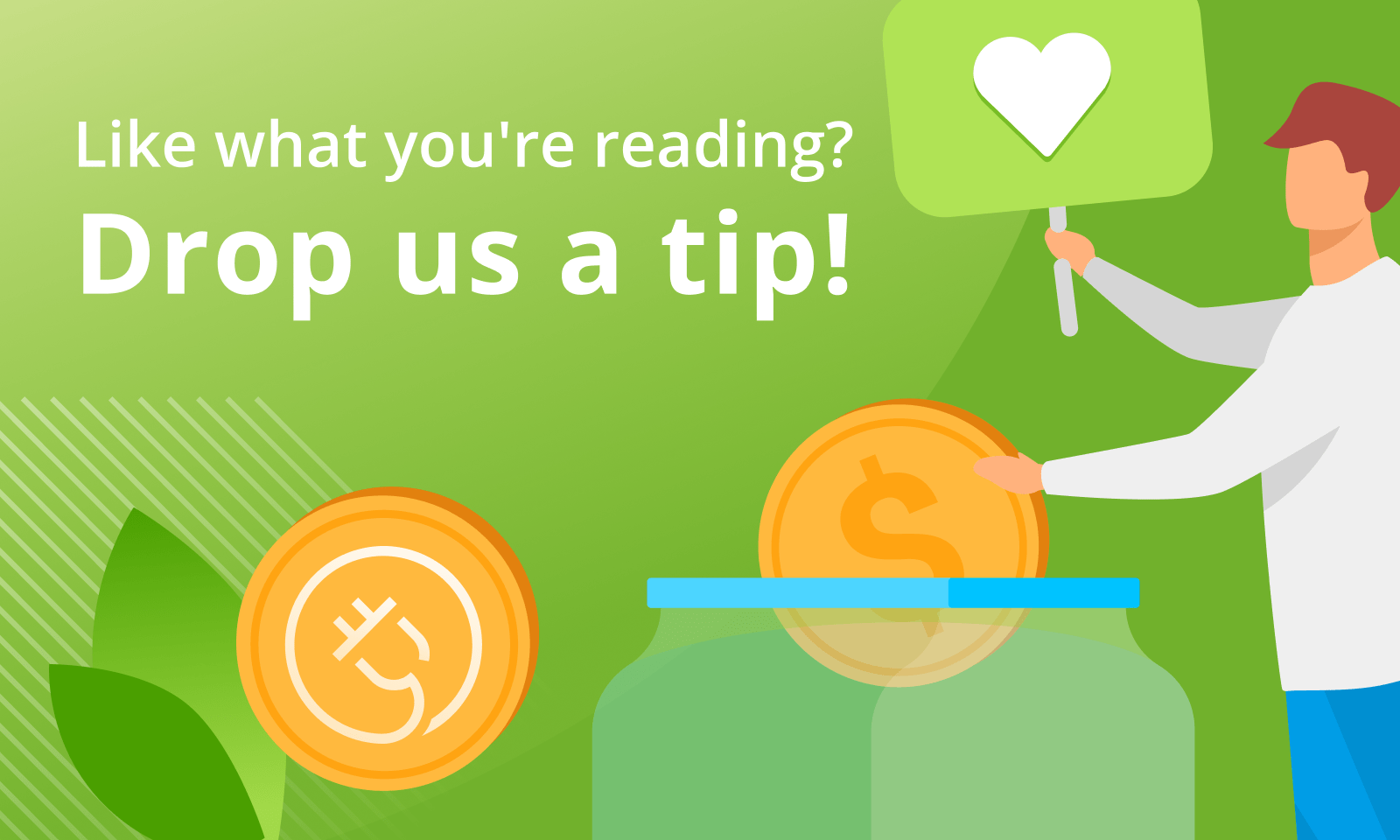 Chip in a few dollars a month to help support independent cleantech coverage that helps to accelerate the cleantech revolution!
Chip in a few dollars a month to help support independent cleantech coverage that helps to accelerate the cleantech revolution!
First off, we haven’t heard from GM on adapters yet. Some sources are saying the adapters will be available at GM dealers for $26. Others are saying that the adapter will be over $200. There are ups and downs to each, but I will say that if the adapter is too expensive or if it takes too long to get, EV drivers shouldn’t hesitate to go with a high-quality third party adapter or buy one from Ford, Rivian, or anyone else who’s selling an official adapter. The only thing to avoid is junky import adapters. Always read reviews.
The next question is software. I was able to use the Tesla app to initiate a charge, but only by lying to it and telling it I had an F-150 Lightning. This didn’t work earlier this year, so Tesla is obviously allowing GM cars on the network now, but it’s not official and in the open (at least as of this writing). GM is likely to allow some form of charging activation in the GM-branded apps, like myChevrolet, and this might include some form of Plug&Charge eventually.
Finally, we don’t yet know whether the rollout is going to happen slowly. The unofficial access could end before coming back, as it could be in some form of testing right now.
Limitations
Personally, I see the Supercharger network as being a great backup and a great way to get access to a few more places. I know there are non-Tesla EV owners who will start using Superchargers only and never look back, and I totally get that. But I’d like to encourage more companies to stay in the game and become better. However, if I can’t charge with someone else for whatever reason, I’m definitely glad to have the option to Supercharge.
Regardless of how you’re going to use it, it’s important to keep in mind that only V3 and V4 Superchargers support CCS vehicles. These are easy to identify on charging maps because they have 250+ kW speeds. Some apps, like PlugShare, also filter out stations that won’t work for your vehicle. Just don’t assume that the many V2 chargers are going to work unless you have a Tesla!
All images by Jennifer Sensiba.
Have a tip for CleanTechnica? Want to advertise? Want to suggest a guest for our CleanTech Talk podcast? Contact us here.
Latest CleanTechnica.TV Videos
CleanTechnica uses affiliate links. See our policy here.
CleanTechnica’s Comment Policy

